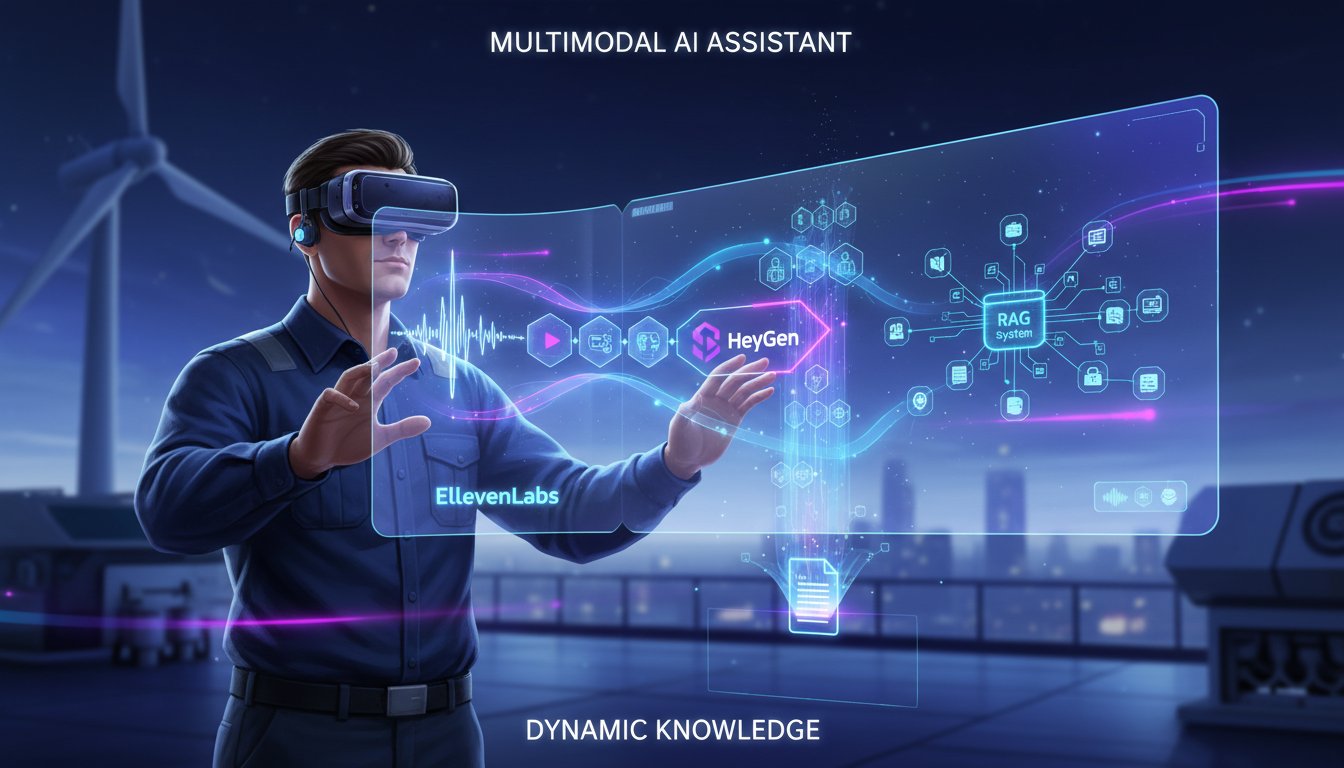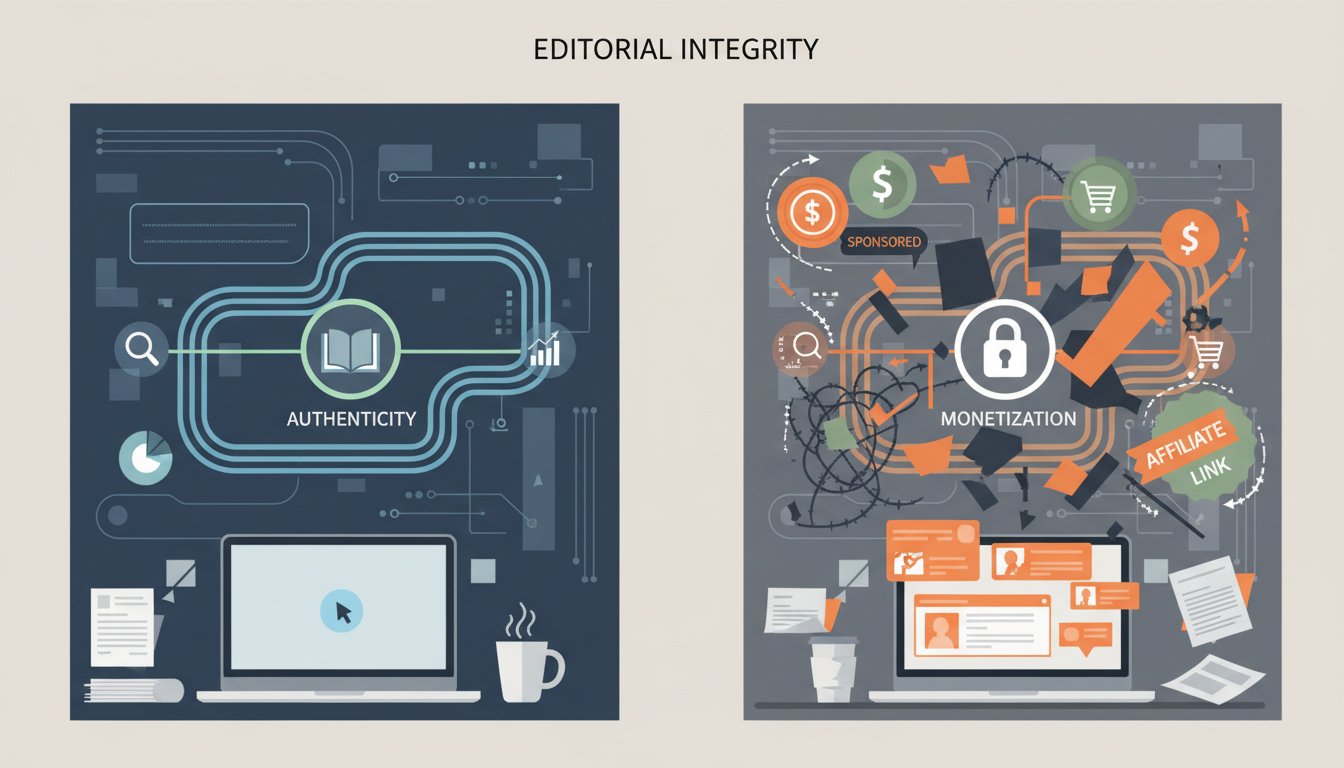Introduction to Retrieval-Augmented Generation
In the rapidly evolving landscape of artificial intelligence (AI), a groundbreaking innovation known as Retrieval-Augmented Generation (RAG) is setting new benchmarks in the realm of Natural Language Processing (NLP). At its core, RAG is a sophisticated technique that synergizes the strengths of retrieval models and generative models to produce text that is not only coherent and contextually rich but also factually accurate and information-dense. This innovative approach has been likened to combining the meticulousness of a librarian with the creativity of a writer, where the retrieval models scour vast databases for relevant information, akin to a librarian searching for books, and the generative models synthesize this information into meaningful text, much like a writer composing a narrative.
The significance of RAG in today’s digital age cannot be overstated. It addresses some of the most pressing challenges in NLP by enhancing the quality, relevance, and accuracy of generated text. For instance, in applications ranging from real-time news summarization to automated customer service and complex research tasks, RAG has demonstrated its versatility and efficacy. By incorporating real-time, external data retrieval into the generative process, RAG ensures that the responses generated are not only contextually relevant but also reflect the most current information available. This capability marks a significant advancement over traditional generative models, which often rely solely on pre-existing knowledge embedded during their training phase. As such, RAG represents a pivotal step forward in the quest for more intelligent, context-aware AI systems, promising to revolutionize various industries by enabling more dynamic, accurate, and personalized content generation.
The Mechanics Behind RAG
Delving into the mechanics behind Retrieval-Augmented Generation (RAG) unveils a fascinating interplay between two distinct AI models: the retrieval model and the generative model. The retrieval model functions as the system’s backbone, tasked with sifting through extensive databases to find information that precisely matches the query at hand. This process is akin to a digital librarian who meticulously searches through a vast collection of books to find the one that contains the exact information needed. Once the relevant data is retrieved, the baton is passed to the generative model, which takes on the role of a skilled writer. This model’s job is to weave the retrieved information into coherent, contextually rich, and engaging text. It’s a complex task that requires not just linguistic fluency but also a deep understanding of the context and the ability to present information in a way that feels both natural and informative to the reader.
The synergy between these models is what sets RAG apart from traditional generative AI systems. By dynamically incorporating external data during the text generation process, RAG can produce outputs that are not only relevant and informative but also up-to-date. This is a significant leap forward, considering that conventional models often generate content based on static, pre-trained data, which can quickly become outdated. Furthermore, RAG systems are designed to be adaptable, allowing for fine-tuning and customization based on specific needs. For instance, the system can be adjusted to prioritize accuracy, relevance, or even the style of the generated text, depending on the application. This level of customization is crucial for applications across various domains, from customer service bots that provide timely and accurate information to users, to research tools that can assist in summarizing the latest scientific studies. The potential of RAG to transform how we interact with information is immense, promising a future where AI-generated content is indistinguishable from that created by the most knowledgeable and eloquent of humans.
Retrieval Component
At the heart of the Retrieval-Augmented Generation (RAG) system lies its retrieval component, a sophisticated mechanism designed to navigate the vast expanse of data available in today’s digital age. This component operates much like an astute librarian, who, with a keen sense of understanding and precision, sifts through an extensive collection of information to find the exact piece of data that matches the query at hand. The retrieval model employs advanced algorithms, often leveraging similarity metrics such as cosine similarity, to scan through databases and retrieve the most relevant documents. This process is not merely about finding a needle in a haystack; it’s about finding the right needle in a stack of needles, a task that requires both precision and efficiency.
The retrieval component’s ability to access and utilize real-time data sets it apart from traditional models, enabling the generation of content that is not only contextually relevant but also reflects the most current information available. This is particularly crucial in a world where information is constantly evolving, and staying updated is key to maintaining relevance. For instance, in applications like real-time news summarization, the retrieval component ensures that the summaries generated are based on the latest news articles, providing users with up-to-date information. Similarly, in customer service applications, it allows bots to provide answers that reflect the most current policies or product information, significantly enhancing user experience. The retrieval component’s role in the RAG system underscores its importance in the creation of intelligent, dynamic, and context-aware AI systems, promising a new era of information interaction that is both accurate and timely.
Generation Component
Following the meticulous efforts of the retrieval component in the Retrieval-Augmented Generation (RAG) system, the generation component takes center stage, embodying the role of a creative and articulate writer. This component is where the magic of synthesis happens, transforming the carefully selected pieces of information into coherent, engaging, and informative text. Leveraging the power of advanced generative models, such as those based on transformer architectures, the generation component is adept at crafting sentences that not only make logical sense but also maintain a smooth and natural flow. This process is akin to a skilled writer who, after conducting thorough research, sits down to compose a narrative that is both captivating and informative. The generative model’s ability to understand context and nuance allows it to produce text that is not just a regurgitation of facts but a well-rounded narrative that provides value to the reader.
The true brilliance of the generation component lies in its adaptability and the depth of customization it offers. Depending on the application’s requirements, the system can be fine-tuned to prioritize certain aspects, such as factual accuracy, relevance to the query, or even the stylistic elements of the text. This flexibility is crucial in ensuring that the output meets the specific needs of different domains. For example, a customer service bot powered by RAG might focus on delivering precise and concise responses, while a tool designed for content creation might emphasize creativity and narrative flow. The generation component’s ability to integrate real-time, relevant information into its output further enhances its utility, ensuring that the content it produces is not only high-quality but also up-to-date. This dynamic integration of external knowledge positions RAG as a transformative force in AI, capable of generating content that rivals, and in some cases surpasses, human-generated text in terms of accuracy, relevance, and richness.
Integrating Retrieval and Generation
Integrating the retrieval and generation components in the Retrieval-Augmented Generation (RAG) system is akin to orchestrating a symphony where each musician plays a pivotal role, yet it is their harmonious collaboration that creates a masterpiece. This integration is not merely about the sequential operation of retrieving data followed by text generation; it’s about creating a dynamic, interactive process where both components continuously inform and enhance each other’s performance. For instance, as the generation component crafts a narrative, it might identify gaps in information or areas where additional details could enrich the text. In response, the retrieval component can conduct targeted searches to fill these gaps, thereby enabling the generation component to produce a more comprehensive and informative output. This iterative process ensures that the final content is not only factually accurate and relevant but also richly detailed and engaging, setting a new standard for AI-generated text.
The seamless integration of retrieval and generation within RAG systems represents a significant technological advancement, pushing the boundaries of what AI can achieve in the realm of natural language processing. By leveraging real-time data, these systems can generate content that reflects the latest developments and trends, providing users with information that is not only timely but also of high quality. This capability is particularly valuable in fast-paced sectors such as news media, financial analysis, and scientific research, where staying abreast of the latest information is crucial. Moreover, the adaptability of RAG systems allows for customization to suit specific needs, whether it’s generating concise, factual summaries or crafting detailed, narrative-driven articles. As this technology continues to evolve, the potential applications of RAG are vast, promising to revolutionize content creation across industries by offering a level of dynamism, accuracy, and personalization that was previously unattainable.
Applications of RAG
The transformative potential of Retrieval-Augmented Generation (RAG) extends across a myriad of industries, promising to redefine the landscape of content creation, customer service, and information retrieval. In the realm of customer support, RAG can revolutionize the way businesses interact with their clientele. By integrating RAG into chatbots and virtual assistants, companies can offer personalized, accurate, and contextually relevant responses in real-time. This not only enhances the customer experience by providing swift and precise answers to queries but also significantly reduces the workload on human customer service representatives, allowing them to focus on more complex issues. For instance, a RAG-powered chatbot could access a company’s latest product information or policies from an internal database to address customer inquiries, ensuring that the responses are always up-to-date and accurate.
Furthermore, RAG finds profound applications in the field of content generation, where it can assist journalists, researchers, and content creators in producing rich, informative, and timely articles. By leveraging the retrieval component, RAG systems can pull the latest data, studies, and news articles relevant to the topic at hand, ensuring that the content is not only engaging but also factually accurate and current. This capability is invaluable in sectors like finance and healthcare, where staying informed with the latest information can significantly impact decision-making processes. For example, a financial analyst using a RAG system could generate comprehensive reports on market trends, incorporating the most recent data and analyses from various sources, thereby providing stakeholders with insights that are both deep and broad in scope. Similarly, in healthcare, RAG could be used to summarize the latest research findings or clinical trial results, aiding medical professionals in keeping abreast of advancements in their field.
Benefits of Using RAG
The advent of Retrieval-Augmented Generation (RAG) in the realm of artificial intelligence and natural language processing heralds a new era of precision, relevance, and dynamism in AI-generated content. One of the most compelling benefits of using RAG is its unparalleled ability to produce text that is not only contextually rich and coherent but also grounded in factual accuracy. This is achieved through its innovative integration of retrieval models with generative models, allowing for the synthesis of information that is both current and relevant. For industries that rely heavily on the timeliness and reliability of information, such as journalism, healthcare, and finance, RAG offers a transformative solution. By dynamically sourcing and incorporating the latest data into its outputs, RAG ensures that the content it generates reflects the most up-to-date knowledge, thereby significantly enhancing decision-making processes and information dissemination.
RAG’s adaptability and customization capabilities present another layer of benefits. The system can be fine-tuned to prioritize various aspects of the generated content, such as accuracy, relevance, or stylistic elements, catering to the specific needs of different applications. This level of customization is not just a technical achievement but a practical boon for businesses and content creators, enabling them to produce outputs that resonate more effectively with their target audiences. Additionally, by reducing the reliance on human intervention for data retrieval and content generation, RAG systems can significantly streamline workflows, increase productivity, and reduce operational costs. The ability of RAG to minimize inaccuracies and “hallucinations” common in traditional generative models further underscores its value, offering a more reliable and trustworthy source of AI-generated content. As we stand on the cusp of this technological revolution, the benefits of RAG are not just promising but pivotal, heralding a future where AI can work alongside humans to create more informed, engaging, and accurate content than ever before.
Challenges and Limitations
Despite the transformative potential and myriad benefits of Retrieval-Augmented Generation (RAG), it is not without its challenges and limitations. One of the primary hurdles in the implementation of RAG systems is the complexity of integrating retrieval and generation components seamlessly. This integration requires sophisticated algorithms and a deep understanding of both retrieval mechanisms and generative models, making the development and maintenance of RAG systems both time-consuming and costly. Additionally, the effectiveness of a RAG system heavily relies on the quality and relevance of the data it can access. In scenarios where the retrieval component fails to source accurate or up-to-date information, the quality of the generated content can be significantly compromised, leading to outputs that may be misleading or irrelevant.
Another significant challenge is the computational resources required for RAG systems to function optimally. The process of searching through vast databases in real-time, coupled with the need to generate coherent and contextually relevant text, demands substantial processing power and memory. This can limit the scalability of RAG applications, particularly for small businesses or in use cases where real-time performance is critical. Furthermore, while RAG systems are designed to minimize inaccuracies and “hallucinations” that are common in traditional generative models, they are not entirely immune to these issues. Ensuring the factual accuracy of the generated content remains a persistent challenge, as the system’s output is only as reliable as the data it retrieves. This underscores the importance of continuous monitoring and updating of the databases RAG systems rely on, adding another layer of complexity to their operation.
The Future of RAG
As we gaze into the horizon of technological advancements, the future of Retrieval-Augmented Generation (RAG) appears not only promising but revolutionary. The integration of RAG into various sectors is poised to redefine the boundaries of artificial intelligence, making it an indispensable tool in the arsenal of businesses, researchers, and content creators alike. With the continuous refinement of retrieval and generative models, we can anticipate a surge in the accuracy, relevance, and personalization of AI-generated content. This evolution will likely usher in a new era where RAG systems can generate complex narratives, reports, and responses with a level of sophistication and nuance that rivals human intelligence. The potential for RAG to enhance decision-making processes, streamline customer service, and revolutionize content creation is immense, promising to elevate the quality of information dissemination across industries.
However, the journey towards fully realizing the potential of RAG is not without its challenges. The integration of advanced algorithms, the need for substantial computational resources, and the imperative for high-quality, up-to-date data sources are significant hurdles that must be overcome. Yet, the relentless pace of innovation in the field of AI and machine learning suggests that solutions to these challenges are on the horizon. As developers and researchers continue to push the boundaries of what’s possible, we can expect to see RAG systems that are not only more efficient and versatile but also more accessible to a wider range of users. The future of RAG, therefore, holds the promise of transforming the landscape of AI-driven content generation, making it more dynamic, accurate, and insightful than ever before. This progress will undoubtedly play a pivotal role in shaping the future of information technology, marking a significant milestone in our quest to harness the full potential of artificial intelligence.
Conclusion
In conclusion, the advent of Retrieval-Augmented Generation (RAG) represents a monumental leap in the field of artificial intelligence and natural language processing, heralding a new era where the synthesis of information is not only dynamic and contextually relevant but also deeply rooted in factual accuracy. The innovative integration of retrieval and generative models within RAG systems promises to revolutionize various industries by enhancing the quality, relevance, and personalization of AI-generated content. From transforming customer service interactions with real-time, data-driven responses to enabling content creators to produce rich, informative narratives, the applications of RAG are as vast as they are impactful. This technology stands as a testament to the incredible potential of AI to augment human capabilities, offering a glimpse into a future where the boundary between human and machine-generated content becomes increasingly blurred.




